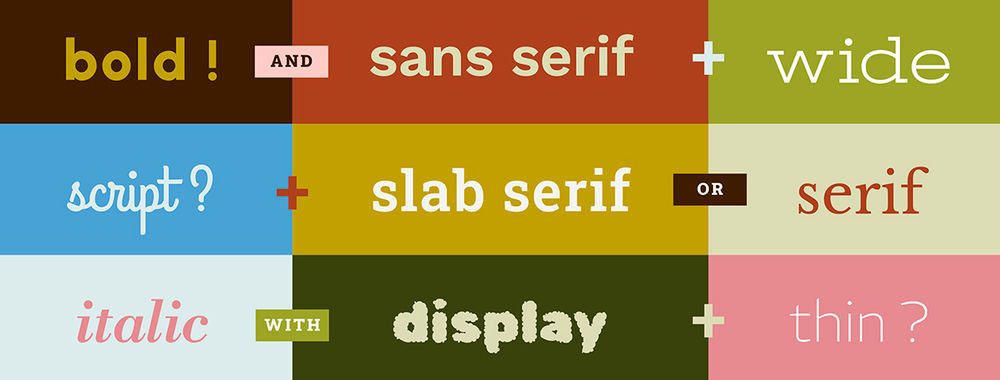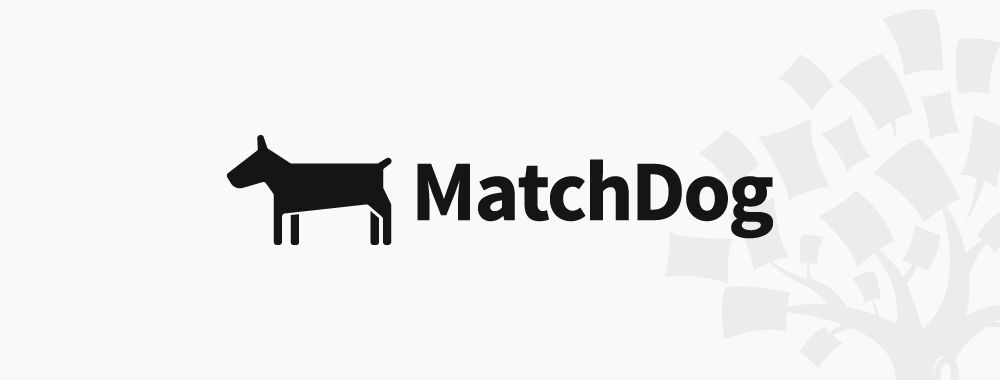There are many ways that game theory could be applied in the MatchDog supplemental project. We also recommend that you defer trying to introduce game theory while building the first iteration of your interactive prototype. Introducing game theory is both subtle and difficult. It is also not appropriate until the underlying design foundation is solid.
Project Brief
Review the full project brief for MatchDog again, now with an eye to what you want information which you could manipulate and possible system owner priority goals to intentionally steer users towards.
You may draw ideas from the examples in the book regarding MatchDog’s utilization of game theory. The book intentionally scaffolds this project step with examples and discussion of two specific object-action pairs that would be both logical and ethical to gamify. These can be referenced in tables 29 and 30, which are repeated for your convenience below. However, you are the designer, and the decision to intentionally use game theory (or not) is yours alone. If you choose to deploy game theory, then you may determine that, based on the business priorities you defined in the second step of this exercise sequence, the same or alternate object-action pairs will be your target for user behavioral manipulation.
Goal of This Exercise
The goal of this step is first to decide where it would be both ethical and appropriate to apply game theory in support of the MatchDog mission. Then, it’s to determine the mechanics, motivators and technical game design that instantiate those decisions inside your UX prototype.
Activities You’ll Perform in This Exercise
You will take the following steps in this exercise:
- Decide what object-action pairs (tasks) are appropriate to gamify.
- Upgrade your conceptual model grammar to reflect these choices.
- Choose the appropriate behavioral motivators for those tasks and the relevant personas.
- Identify the game mechanics most suitable to targeting the motivators you have selected.
- Specify a complete game design including the following:
- Economy
- Rules
- Time boundaries
- Engagement loop process
- Cheating disincentives
- Augment your existing UX prototype with the additional gamified design patterns.
Equipment You’ll Need in This Exercise
- Paper and pencil to sketch with or a whiteboard
- A computer with your chosen prototyping software and your existing working MatchDog prototype that covers the basic functionality
Apply Game Theory to Your MatchDog Prototype
Tables 29 and 30 introduce two object-action pairs where it would be both rational and ethical to apply gamification for MatchDog. There are also places where Captology techniques could be applicable. A Gameful flavor IxD alternative is probably not a valid choice, because getting the dog is its own reward.

Table 29 from UX Magic: MatchDog conceptual model gamification target actions

Table 30 from UX Magic: Prioritization matrix adjusted for gamification goals
You could choose the donate and posting tasks or others that align with your specified business owner goals. Next, go back into your completed MatchDog prototype and create alternative/enhanced designs at the grammar, visualization and flow levels that implement the motivators and mechanics for your desired behavioral manipulations.
One reason we suggest doing this as an alternative design is that it makes a great portfolio piece to have one regular and one “gamed” design alternative to present side by side. Most people you will be presenting to at a job interview or consulting pitch will not be familiar with game theory execution. They might pretend to be, but generally 99.8% of them will be clueless. If you present contrasting IxD’s, it will highlight your expertise and make it easier to explain your game design. Your presentation will become a before-and-after discussion, not a business value discussion with non-believers. The contrasting versions will minimize audience comments that confuse usability with the intentional behavioral guidance you have introduced.
Wrap up This Exercise
You have now pushed your MatchDog IxD to the orbital zone of applied game theory. The air gets thin up there, and you have had to consider both ethical and practical business design decisions. You likely have noticed that the cumulative complexity of all these game theory issues and options is actually bigger than the design of the core MatchDog experience itself. This is also a good time to reflect on how you test your game design to make sure that it is truly beneficial to the organization’s mission and does not backfire. The dogs are depending on you to get this right and find them good homes.

Author / Copyright holder: Teo Yu Siang and the Interaction Design Foundation. Copyright terms and license: CC BY-NC-SA 3.0











